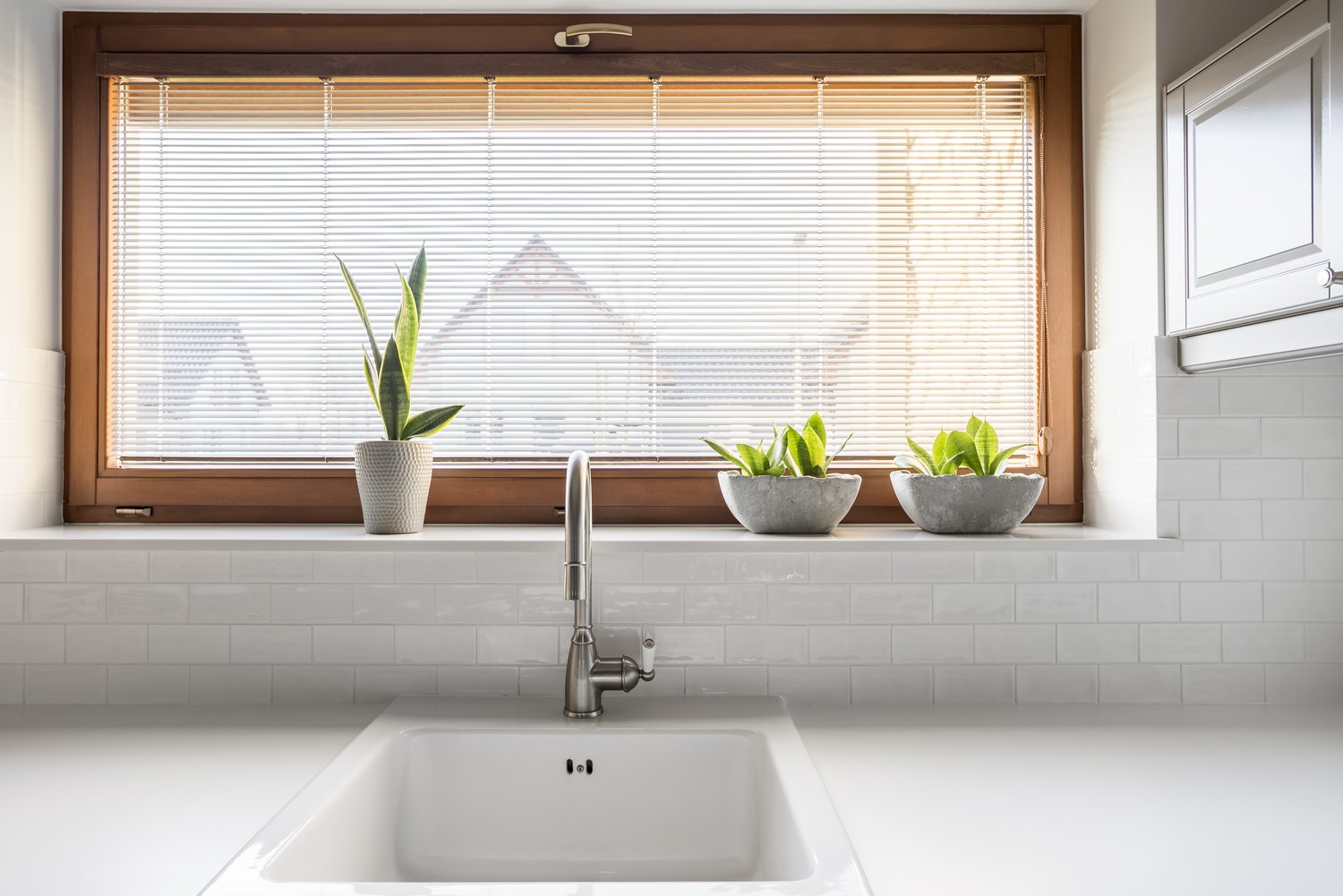The kitchen and bathroom are two areas of the home that consume the most resources, from water to energy. Embracing sustainable kitchen design and eco-friendly bathroom solutions not only reduces your environmental footprint but can also lead to significant savings on utility bills. This article explores practical green renovation ideas for these essential spaces, focusing on water-saving fixtures, sustainable materials, and energy-efficient appliances that create a more environmentally conscious home without sacrificing style or functionality.
Understanding Sustainable Design Principles
Sustainable design goes beyond merely choosing products labeled as “green.” It encompasses a holistic approach to creating spaces that minimize environmental impact throughout their lifecycle. When planning a sustainable kitchen design, consider the entire ecosystem: where materials come from, how they’re manufactured, their durability, and eventual disposal or recycling potential. The same principles apply to eco-friendly bathroom renovations, where water conservation becomes an additional critical factor. These spaces should be designed with longevity in mind, avoiding trendy elements that might prompt premature renovations and waste.
Smart design choices can dramatically reduce your home’s resource consumption. For example, positioning your kitchen to maximize natural light reduces the need for artificial lighting during daytime hours. Similarly, creating proper ventilation systems in bathrooms reduces moisture-related damage and extends the life of your fixtures and finishes. The initial planning phase is crucial for implementing these fundamental green renovation ideas effectively.
Water-Saving Fixtures for Modern Homes
Water conservation represents one of the most immediate ways to make your kitchen and bathroom more sustainable. Modern water-saving fixtures have come a long way from their earlier, less effective counterparts. Low-flow faucets can reduce water usage by up to 30% compared to standard models without compromising performance. Look for WaterSense-labeled products, which meet EPA criteria for water efficiency.
In the bathroom, dual-flush toilets offer different flush volumes for liquid and solid waste, potentially saving thousands of gallons annually. Similarly, low-flow showerheads provide satisfying pressure while using significantly less water than conventional models. These eco-friendly bathroom fixtures often incorporate innovative technologies like aerators that mix air with water to maintain pressure while reducing volume.
For kitchens, touchless faucets prevent unnecessary water waste and offer improved hygiene. Some advanced models even feature built-in timers or indicators to help users monitor water consumption. As AskHomey home improvement experts often point out, these small changes in water-saving fixtures can lead to substantial environmental and financial benefits over time.
Sustainable Materials for Lasting Beauty
The materials used in kitchen and bathroom renovations significantly impact their environmental footprint. Countertops made from recycled glass, reclaimed wood, or bamboo offer beautiful alternatives to resource-intensive options like granite or marble. For cabinetry, look for FSC-certified wood products, which ensure responsible forest management practices.
Flooring options for sustainable spaces include cork, which is harvested without harming trees, or recycled ceramic tiles that divert waste from landfills. When selecting materials for an eco-friendly bathroom, consider moisture resistance and durability to prevent premature replacement. Porcelain tiles containing recycled content offer excellent water resistance while reducing demand for virgin materials.
Finishes and adhesives also matter in sustainable design. Low-VOC or zero-VOC paints, sealants, and adhesives improve indoor air quality by reducing harmful emissions. This consideration is especially important in enclosed spaces like bathrooms, where ventilation may be limited and moisture can potentially interact with chemicals in standard products.
Energy-Efficient Appliances and Systems
Appliances account for a significant portion of household energy consumption, particularly in the kitchen. ENERGY STAR certified refrigerators, dishwashers, and cooking appliances use substantially less electricity than standard models. Induction cooktops offer greater energy efficiency than traditional electric or gas options by directly heating cookware rather than generating ambient heat.
In the bathroom, energy-efficient ventilation fans with humidity sensors operate only when needed, reducing unnecessary energy use. Tankless water heaters provide hot water on demand, eliminating the energy waste associated with keeping a tank of water heated continuously. For those implementing comprehensive green renovation ideas, consider connecting bathroom fixtures to a greywater system that repurposes sink and shower water for toilet flushing or landscape irrigation.
LED lighting throughout kitchen and bath spaces consumes a fraction of the energy used by incandescent bulbs while lasting significantly longer. Motion sensors or timers can further reduce energy consumption by ensuring lights aren’t left on in unoccupied rooms.
Smart Technology for Resource Management
Incorporating smart technology into sustainable kitchen design and eco-friendly bathroom setups allows for precise resource monitoring and management. Smart faucets can dispense exact water amounts for recipes, eliminating waste from overfilling measuring cups. Leak detection systems alert homeowners to potential water waste before it becomes a serious problem or expense.
Energy monitoring systems provide real-time feedback on electricity usage, helping identify opportunities for conservation. Some smart appliances can even be programmed to operate during off-peak hours when electricity demand and sometimes costs are lower. These technological additions enhance the effectiveness of your water-saving fixtures and energy-efficient appliances by optimizing their operation.
For more tips and to connect with reliable home service professionals, follow AskHomey on Facebook and Instagram.



